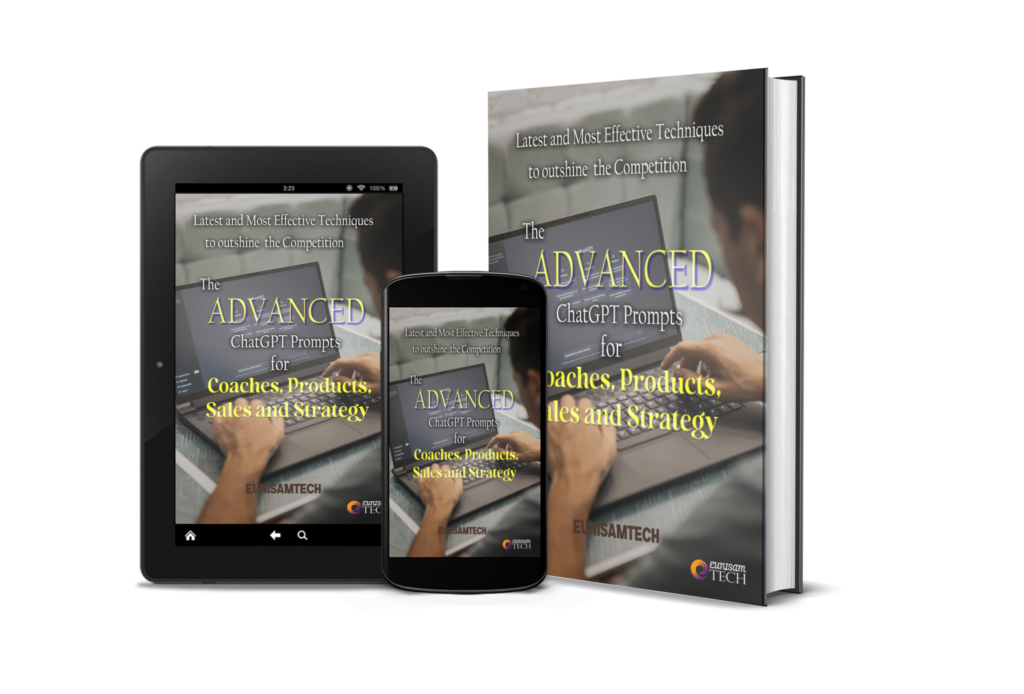- eunisamtech
- ai, artificial intelligence, chatgpt, e-book, machine learning
- 0 Comments
- 15611 Views
Training ChatGPT for specific tasks involves a process known as fine-tuning. Fine-tuning allows you to take the pre-trained base model (such as GPT-3) and adapt it to perform more specialized tasks relevant to your business or domain.

The Secret A.I Prompts ideas for Professionals
Step-by-Step guide on how to train ChatGPT for specific task
- Choose a Fine-Tuning Platform: Several platforms support fine-tuning of language models like ChatGPT. OpenAI’s fine-tuning API is one option, which allows you to train and deploy your custom models easily.
- Define the Task: Clearly define the specific task you want ChatGPT to perform. Whether it’s customer support, content generation, or sales assistance, a well-defined task is crucial for effective training.
- Data Collection: Gather a dataset relevant to your task. The dataset should consist of examples that cover various scenarios and challenges that ChatGPT is expected to handle. High-quality data is essential for the model to learn effectively.
- Data Preprocessing: Clean and preprocess the data to remove any noise or irrelevant information. This step ensures that the model can focus on learning from the most relevant examples.
- Fine-Tuning Configuration: Configure the fine-tuning process by specifying hyperparameters, such as the number of training epochs, learning rate, and batch size. This step affects how the model adapts to your task.
- Start Fine-Tuning: Initiate the fine-tuning process using your preprocessed dataset and the chosen configuration. The model will start learning from the data and adapt to your specific task.
- Monitor and Evaluate: During fine-tuning, regularly monitor the model’s performance. Evaluate its responses and make adjustments as needed to achieve the desired outcomes.
- Iterate and Refine: Fine-tuning is an iterative process. If the model’s performance is not up to the mark, consider adjusting hyperparameters, acquiring more data, or refining the task definition.
- Test and Deploy: After achieving satisfactory results, thoroughly test the trained ChatGPT on sample inputs to ensure its effectiveness. Once validated, deploy the model in your business application or platform.
- Continuously Update: AI models benefit from ongoing updates and improvements. Keep the fine-tuned model up-to-date by regularly fine-tuning it with new relevant data to adapt to evolving requirements.

It’s important to remember that fine-tuning requires expertise in machine learning and a well-curated dataset. If you lack the resources or technical knowledge, consider seeking assistance from AI experts or using pre-built models available through AI platforms.

Download
Additionally, when training ChatGPT, be mindful of potential biases in the data and responses. Carefully review the outputs to ensure they align with your business’s values and ethical standards. With proper training and continuous improvement, ChatGPT can become an invaluable tool customized to meet your specific business needs.









Recent Comments